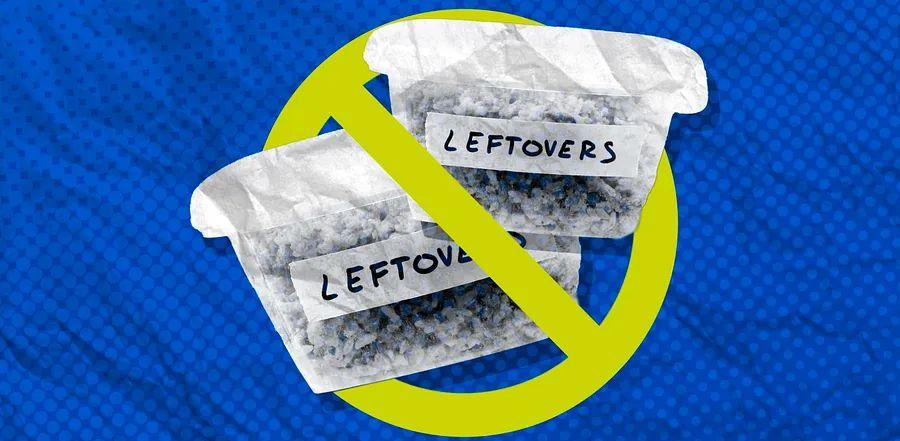The Surprising Leftovers That Could Put You at Risk of Food Poisoning

Leftovers are the backbone of a busy week's meal planning. Having ready-to-eat meals that can easily transition from one day to the next helps save time and keeps your grocery budget in check. Plus, there's nothing quite like enjoying a bowl of last night's spaghetti and meat sauce. But what if that plate of pasta is secretly teeming with harmful bacteria that could make you very sick?
A 2008 news story about a 20-year-old college student dying from eating leftover pasta recently resurfaced on TikTok, sparking widespread concern. Social media users are now questioning the safety of eating food that's been sitting around for days. The condition, known as 'fried rice syndrome,' has gained significant attention on TikTok, where creators are educating viewers about its risks.
This raises an important question: Which leftovers are most dangerous? Why are they a risk? And is there anything we can do to lower the chances of foodborne illness?
Why Are Leftover Grains Particularly Hazardous?
Grains are one of the most common culprits when it comes to foodborne illnesses. This includes pasta, farro, couscous, and rice. Uncooked grains can carry Bacillus cereus spores, a bacteria known for causing severe food poisoning. These spores are tough and can survive cooking. So even if you reheat your grains to the proper temperature, the bacteria can still be active and ready to cause problems.
Sometimes, food takes longer to go from the stove to the fridge than you'd like. Or maybe the delivery service messes up, and your order shows up late. If food stays at room temperature for too long, it can become a breeding ground for harmful bacteria.
The 'danger zone' for food safety is between 40°F and 140°F (4°C and 60°C), according to the CDC. Any food left at those temperatures for too long, like Thanksgiving mashed potatoes, can quickly become a playground for bacteria to thrive.
Although grains naturally pick up contaminants from the environment or during processing, Bacillus cereus bacteria can cause serious digestive problems — and in some cases, even death — especially for vulnerable groups like the elderly, immunocompromised, or young children.
How Should I Store My Leftover Grains?
The CDC advises that you should refrigerate cooked carbs within two hours to prevent bacterial growth. If the temperature is over 90°F, that window shrinks to just one hour.
You might have heard that you should let food cool before putting it in the fridge, but that's actually a myth that could leave leftovers in the danger zone! If you can't resist the old habit, try speeding up the cooling by dividing food into smaller, shallow containers, using an ice bath, or spreading it out on sheet pans.
How Can I Avoid Getting Sick from Leftover Grains?
If reheating leftovers isn't enough to kill bacteria, what can we do to stay safe? The USDA, CDC, and FDA recommend following four key steps: clean, separate, cook, and chill.
Clean all surfaces, utensils, and hands thoroughly before and after handling food. Prevent cross-contamination from physical or chemical contaminants. Cook and reheat food to a safe temperature, ideally checked with a food thermometer (165°F). Lastly, chill leftovers quickly to keep them safe.
We're not saying you should give up on your leftover rice or pasta dishes—just be sure to reheat them properly when you're ready to enjoy them again.

1

2

3

4

5
Evaluation :
5/5